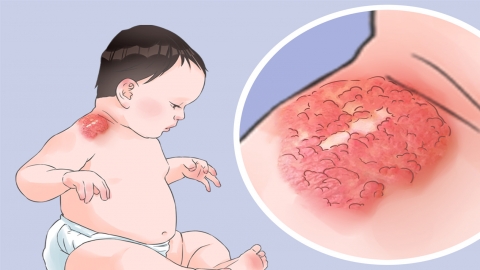Is a 3-millimeter carotid artery aneurysm risky?
Generally speaking, whether a 3-millimeter carotid artery aneurysm poses a risk depends on the specific circumstances. If any discomfort symptoms occur, it is recommended to seek timely medical evaluation and treatment at a正规 hospital. The detailed analysis is as follows:

If a carotid artery aneurysm is approximately 3 millimeters in size, located in a stable position away from arterial bifurcations or critical nerves, and imaging tests such as ultrasound or CTA show a regular shape, no tendency to rupture, and no significant impact on blood flow, the associated risk is relatively low. In such cases, obvious symptoms are usually absent, and periodic follow-up monitoring of the aneurysm's changes is sufficient. It will not pose a serious threat to health in the short term.
However, if a 3-millimeter carotid artery aneurysm is located at high-flow areas such as the carotid bifurcation, has an irregular shape, shows potential for rupture, or slightly compresses surrounding nerves causing symptoms like dizziness or headache, the risk is relatively higher. Even if small, continuous hemodynamic stress may lead to aneurysm growth or rupture, potentially resulting in life-threatening conditions such as stroke or hemorrhage.
After detection of a carotid artery aneurysm, regular imaging evaluations are necessary to monitor its size, morphology, and blood flow dynamics; the frequency of follow-up should follow medical advice. Patients should avoid strenuous exercise and emotional excitement to prevent sudden increases in blood pressure that could elevate the risk of rupture. Maintaining blood pressure and lipid levels within normal ranges helps reduce vascular strain. Immediate medical attention is required if symptoms such as worsening dizziness, severe headache, or limb numbness develop. Anticoagulant medications should not be self-administered; all medication use must be evaluated and prescribed by a physician.







